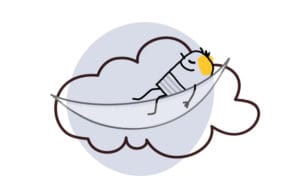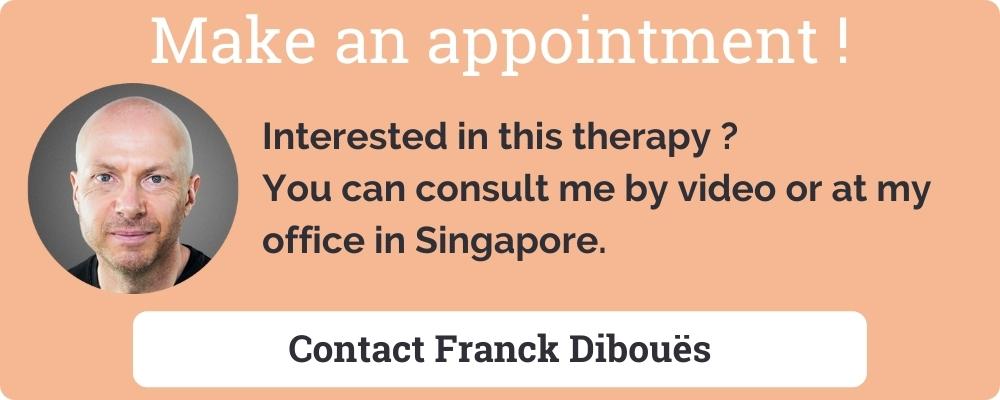Relaxation Therapy

There are many methods of relaxation therapy. The common principle is that they decentralize the person from the “mind”, from his or her negative, parasitic ideas that create physical and psychological tensions. The person will be proposed to focus on things like different parts of the body, music, a mental image, a photo, an object…
Historically, it was the combination of yoga techniques and some forms of psychotherapy or psychological support. At the beginning of the 20th century, some therapists who traveled to India developed these forms of accompaniment once they returned from their trips.
Western syncretism, it can be musical or silent, practiced individually or in a group, with a therapist or alone. It is interesting because the methods are so different that each person will find the one that suits him or her. Moreover, with the development of the smart phone, it is easy to record sessions or access them via the internet, wherever you are. Relaxation aims to loosen up, to relax muscles. The preferred indication is therefore the fight against stress with its procession of negative signs, muscular pain and psychological tension.
There are two main categories, relaxation as a personal development technique and psychotherapeutic relaxation. Relaxation as a personal development tool is the one described earlier in this article. It aims at achieving a state of neuromuscular relaxation. As a psychotherapeutic tool, relaxation is used as a mediator to make the person talk about his pains, tensions, blockages felt in the body. Generally, by association of ideas, other forms of more psychological blockages can be addressed.
I was personally trained in this technique by Dr. Jean Bergès who was a neuropsychiatrist. In the early 2000s he personally taught me with a technique that he conceptualized at Sainte Anne Hospital in Paris and called psychotherapeutic relaxation. This technique can be qualified as progressive, because it aims at a sequential body relaxation, part by part. We learn to relax the dominant arm, then the leg on the same side, then both legs, the gluteal muscles, the back, both arms and so on, until reaching complete and total body relaxation. This is achieved in a few sessions which are generally short (5-15 minutes). Only the therapist’s inductions are present (no music). These inductions are repetitive, always the same, so that the person can easily memorize them in order to practice alone. It is an excellent method that I practice and recommend.
By relaxing the different parts of your body, it is actually the whole of yourself that will be relaxed. Try it, you’ll be surprised at the results!
These relaxation sessions allow you to relax completely in just 10 minutes. The sessions are short so that they can be easily used throughout the day. Plan to lie down.
Start by listening to the episode “Instructions to Listen to… ” which lasts 2 minutes then follow the episodes in the suggested order. Enjoy relaxation!
Bibliographie


